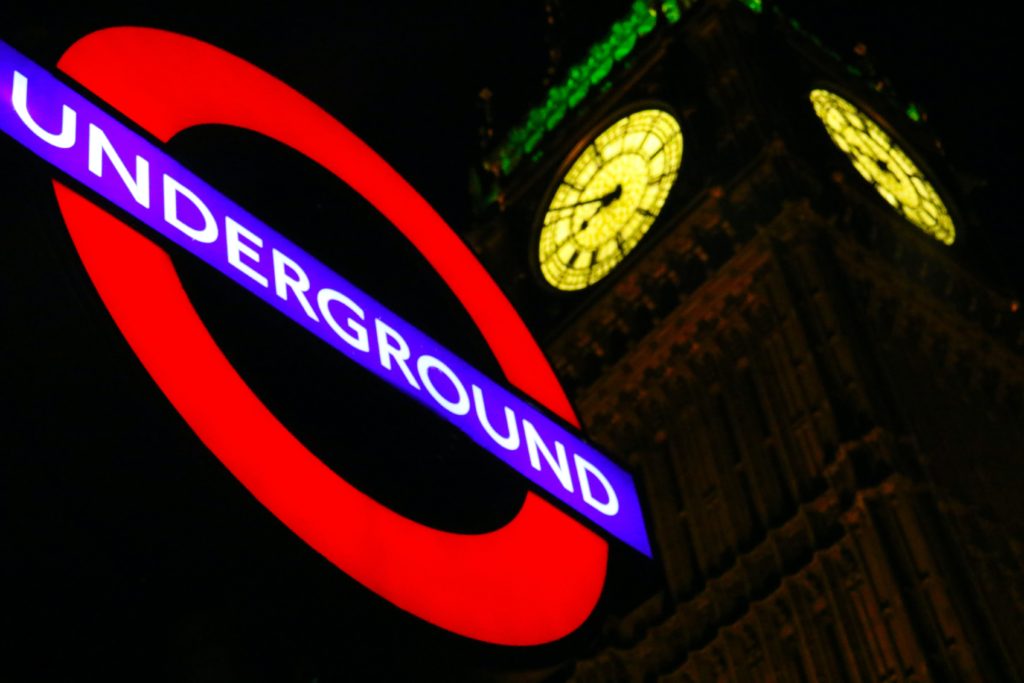
Tea time, let’s have a cuppa, or perhaps a bite to eat?



Tea, a frequently used and seemingly simple word but one that is unwittingly ambiguous, to such an extent that it fools and confuses many, even if the meaning does not vary from eating and drinking. (At this point let us forget the word tee which is pronounced in the same way and is the word for a small piece of plastic upon which the ball is placed before the first shot at the start of each hole during the game of golf.)
We are concentrating on the word tea, the drink often black in colour, originating in Asia, drunk all over the world and strongly connected to Great Britain. Tea, the same word also used to describe a meal or snack in Great Britain, and here the plot thickens or should I say the tea begins to brew and the ambiguity and confusion surrounding the word tea begins.
Starting with the drink tea, or thé, chai, tee, the word varies little in most modern languages and we all agree on what it is even though our impression of the perfect cuppa (slang for cup of tea, notice the glottal stop?) may differ considerably. Whilst the Chinese probably started the tradition of drinking tea in the 3rd century and the Portuguese first brought it to Europe in the 17thcentury it was the British who around this time introduced tea to India and began the commercial production of tea in huge garden plantations. The monarch King Charles II enjoyed a cuppa and over time it became the national drink. To this day it remains so and is a symbol of Britishness. English breakfast tea is known around the world, even if it is made from tea grown in India. Likewise Earl Grey, (named after the man himself, a former British prime minister) is a type of black tea grown in Asia with added bergamot oil giving it that unique flavour.

You may be asked in Britain” How do you take your tea?” Before answering you should think mainly about whether you want milk and sugar, but also consider the strength, or if you wish to take it black or even with a slice of lemon. The most common way is with milk and very often 1 or 2 spoons (teaspoons) of sugar.
And what about when? Yes, at what time of the day should we partake in this British delight? Isn’t it best at 4pm, or no, maybe at 5pm? And here is where the confusion starts for we are now moving into the realm of tea as a snack or indeed as a meal. The answer to the original question is that tea is drunk all through the day from morning until night, depending on individual taste. Some British people are able to consume 10 cups, or rather mugs in a single day! British construction workers are so well known for their love of tea that the slang term builder’s tea refers to a strong cup of black tea probably with just a little milk added and sugar to taste.
“Tea time” calls the mother, summoning her children to come to the dining room, somewhere in a typical British town or city. It is 5pm or maybe 5.30pm and it is time for tea or teatime as the mother shouted. This is tea the meal, also known as dinner, though for the people who call the evening meal tea, dinner is taken in the middle of the day, a meal which is in turn known aslunch by those that refer to the evening meal as dinner. Confusing, yes, but don’t worry, in this article we will not discuss supper, a usually light, late evening meal!

Without going into a detailed sociocultural discussion, we can sum it up from a vocabulary perspective as there being two synonymous words for the midday meal (lunch and dinner) and again two for the evening meal (dinner or tea).
Culture, does of course play a rather large part in how we speak and describe things and just as it seemed that things were clear, well at least clearer than peering into the bottom of a teapot, we come to the subject of afternoon tea, which could be taken at home or in a tea shop, and tea breaks, maybe aided by tea ladies!
Afternoon tea originated with the wealthier upper classes of mid nineteenth century Britain as a light meal, or in modern times what we would refer to as a snack, which was taken in the middle of the afternoon. Aside from the sandwiches filled with cucumber or egg and cress and the cakes such as Victoria sponge all of which are strongly associated with afternoon tea, the wonderful black liquid delight itself is also the drink of choice. In the second half of the nineteenth Queen Victoria was rather partial to afternoon tea, often throwing large tea receptions (now known as tea parties), which may have been what cemented this into British culture for the foreseeable future. Tea shops (similar to a cafe or coffee shop and sometimes also referred to as a tea room) are found nationwide where one can enjoy an afternoon tea in comfort, and sometimes even luxury. One of the most famous tea shops is Betty’s, in Harrogate, Yorkshire, already with a 100 year tradition and several branches in other locations. Though certainly not over-priced for such a distinguished establishment, it must be said that it is possible to find a quaint little tea shop nestled in a charming village offering a comparable afternoon tea for a lower price. Those who yearn for an even higher level of comfort can of course visit the Ritz in London, where they will be expected to adhere to a strict dress code, pay a far higher price but experience perhaps the ultimate in afternoon tea indulgence.
From monarchs and fine hotels we look back again to the more numerous inhabitants of the British Isles and the working people. In most British workplaces short breaks taken perhaps once in the morning and again once in the afternoon are commonplace and known as a tea break, both informally and also in some official company regulations. Such a break lasting long enough to drink a hot cup of tea, hence the name. These tea breaks became so important that in the middle of the twentieth century larger firms, factories and hospitals began to employ tea ladies for the preparation and distribution of the beloved hot beverage, pushing a tea trolleyaround the office or factory floor. These days with, flexible working hours, the ability to work from home and a generally more mobile workforce, tea breaks are on the decline and the tea ladies have all but disappeared, the word tea lady being almost obsolete and tea break perhaps a little archaic, even if still in use.
One thing, however, will never change; the love for drinking tea in all its forms, so I suppose now the only thing left to say is “put the kettle on!”
Interesting Post



